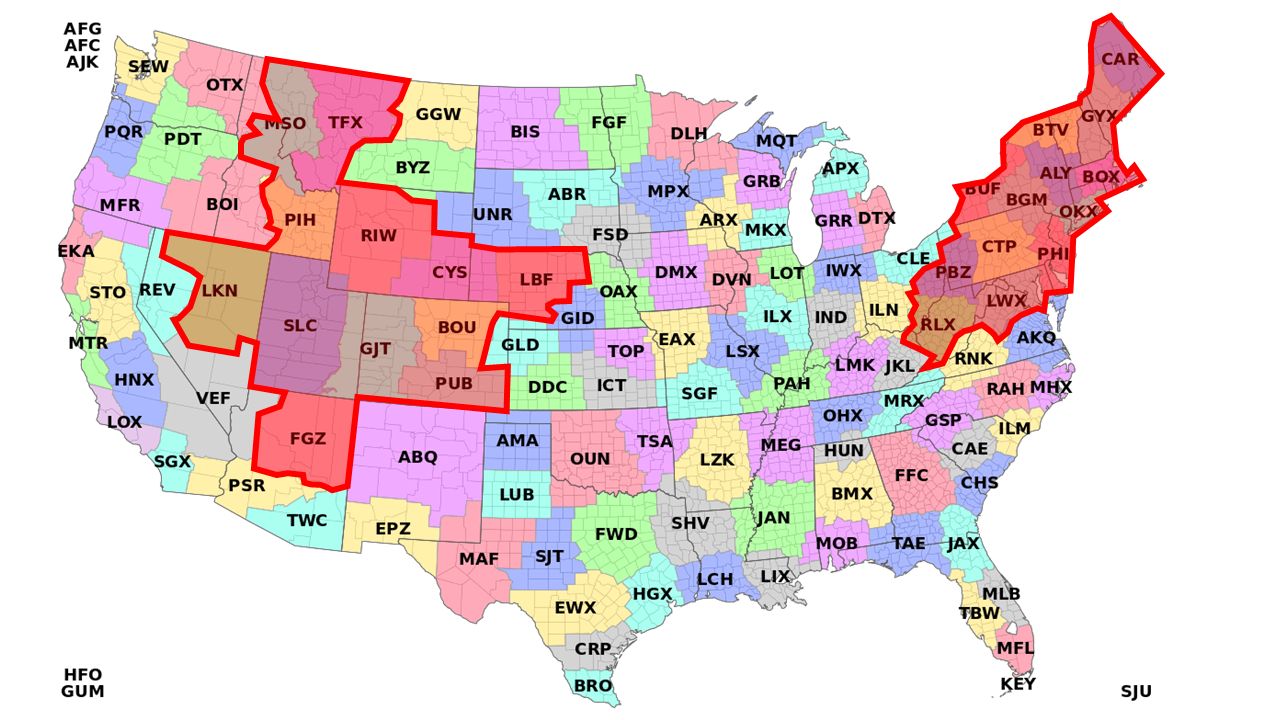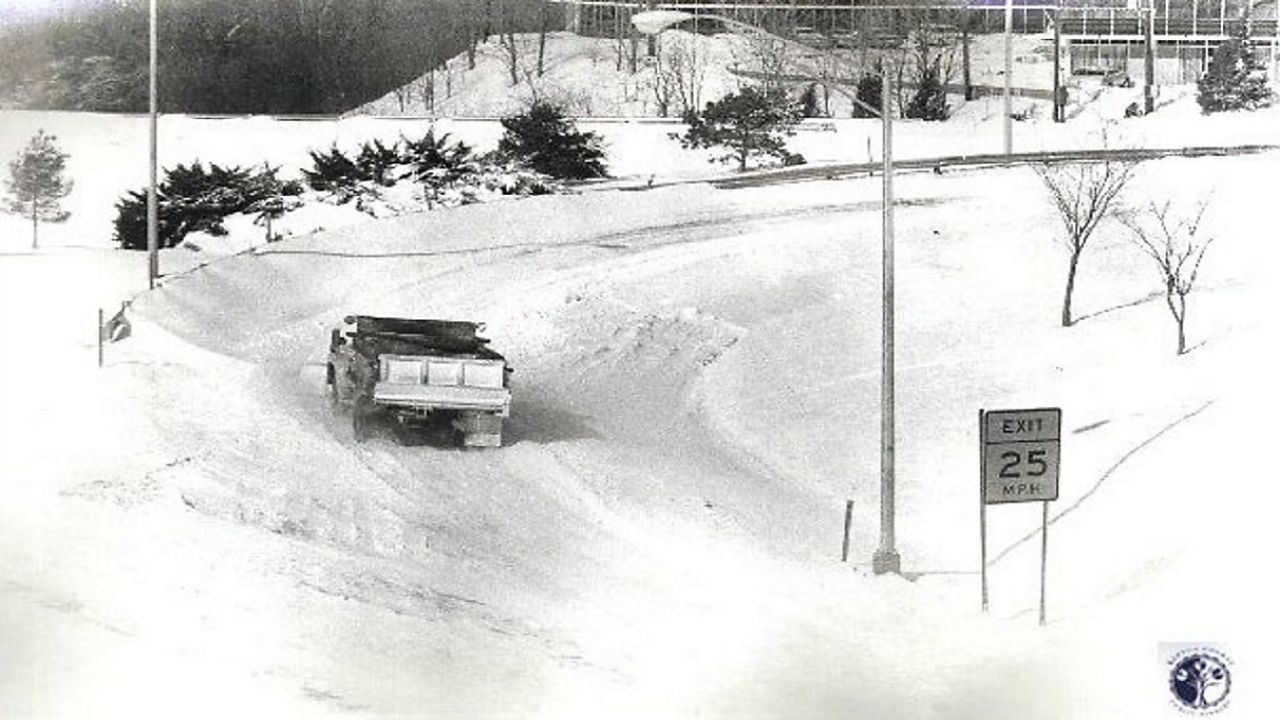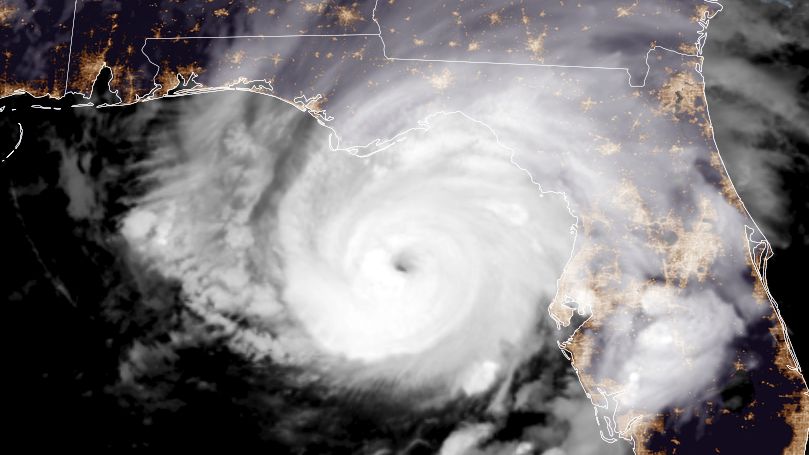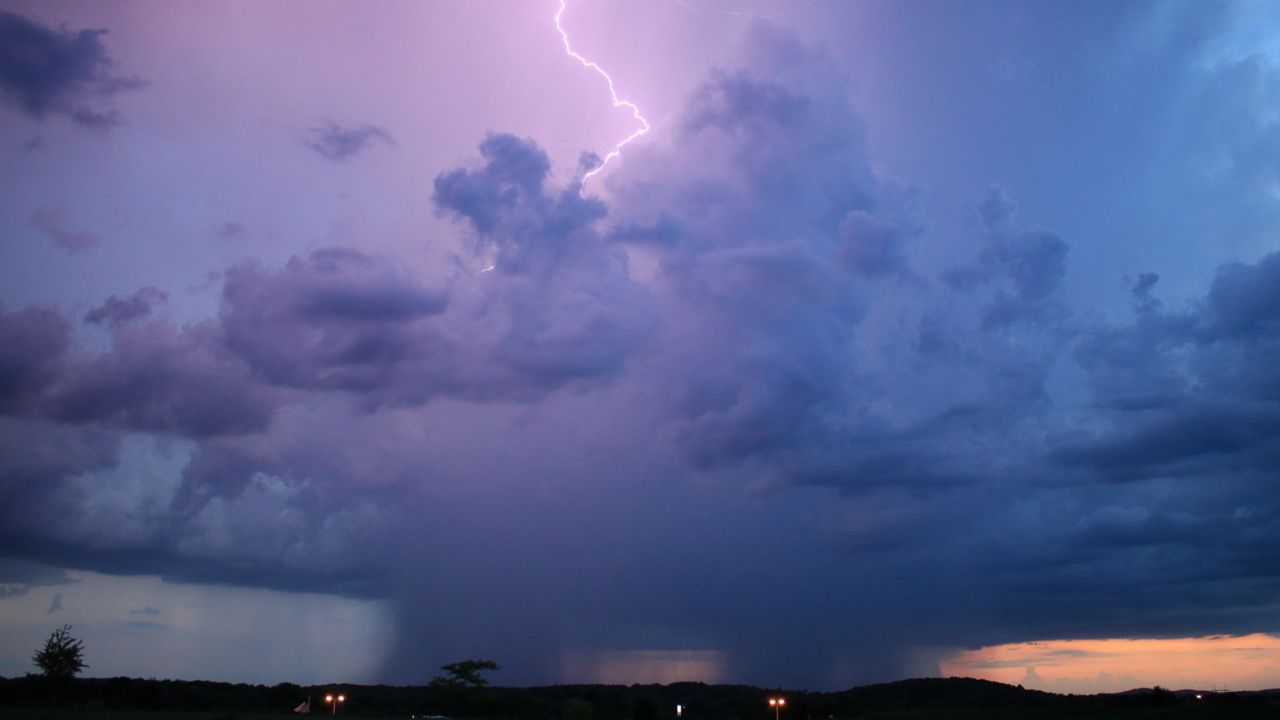It’s that time of year when we all need to be mindful of winter weather. Snow, ice, wind and frigid temperatures can wreak havoc on our local communities throughout the winter months.
One particular winter weather hazard is a snow squall, which is a burst of heavy snow bringing whiteout conditions and causing roadways to become slippery and dangerous.
Snow squalls can develop quickly and are often short-lived, typically lasting less than an hour. There is a long history of deadly traffic accidents associated with this weather hazard.
When the National Weather Service issues a Snow Squall Warning, a Wireless Emergency Alert (WEA) gets sent to cellphones in the warning area. Similar to a Tornado Warning or Amber Alert, cellphones will emit a loud emergency tone as warning text displays on the screen.
Currently, all Snow Squall Warnings trigger a WEA, regardless of impacts. Sometimes these alerts occur in the middle of the night or in low-population areas when impacts are limited or nonexistent.
The public perception is that there are too many WEAs and that the National Weather Service over-alerts snow squalls. Because of this, the National Weather Service is implementing impact-based warnings using the word “significant” to denote high-impact snow squalls that pose a substantial risk to safe travel.
The goal is to improve the public’s reaction to Snow Squall Warnings by considering the timing, location and other important factors such as population.
In November, the National Weather Service began testing the use of impact-based Snow Squall Warnings in the Mountain West and Northeast. Much of Southeast Ohio is included in this trial, as National Weather Service offices in Pittsburgh and Charleston cover that area.
By Feb. 2023, the National Weather Service expects to go nationwide with impact-based Snow Squall Warnings. For more information on this change, click here.
Our team of meteorologists dives deep into the science of weather and breaks down timely weather data and information. To view more weather and climate stories, check out our weather blogs section.










